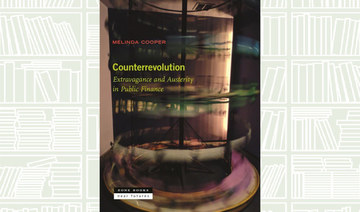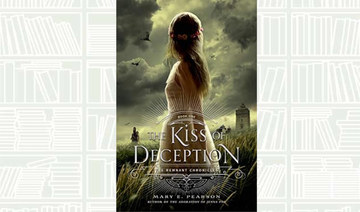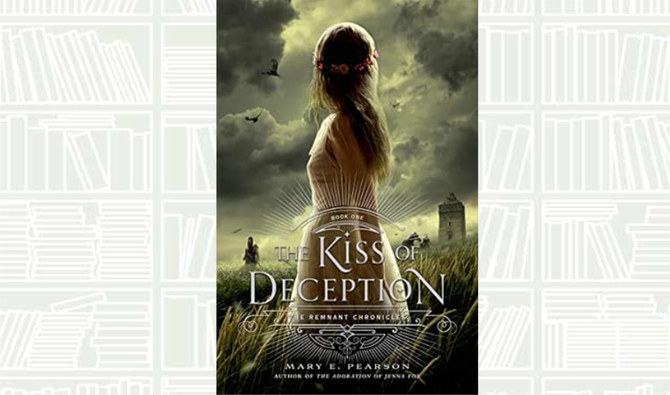For a long time, one of the world’s biggest companies was known as Blue Ribbon. When it changed its name, nobody really liked it. Even the famous logo was settled on by default. It looks like a wing… a woosh of air. A symbol of grace and greatness, an icon known all over the world.
Whether you guessed or not, the company is Nike. “Shoe Dog” reveals what hardly anybody knows. For the first time Phil Knight, one of Nike’s founders, tells us how it all started with his “crazy idea” and how with a team of eccentric but exceptionally gifted people, they conquered the world. This is an inspiring story of hope, perseverance and unyielding courage in the face of hardship. It is an adventure that began in Oregon.
The book opens with a beautifully written foreword where Knight expresses his love for Oregon’s natural beauty. “Calm, green, tranquil.” He also remembers what one of his teachers said about a very old trail, “It’s our birthright,” he’d growl, “Our character, our fate, our DNA. The cowards never started, and the weak died along the way. That leaves us.” The teacher believed that Oregonians had retained a “unique strain of pioneer spirit, an outsized sense of possibility mixed with a diminished capacity for pessimism, and “it was our job as Oregonians to keep that strain alive,” wrote Knight.
On a foggy morning in 1962, Phil Knight was running faster and faster. He had just earned a Master’s degree from Stanford and he was thinking about his future. He wanted to leave a mark on the world. He wanted to win. He had this crazy idea, which was as crazy as his favorite thing, running. And suddenly it all made sense. He knew he had that innate fiber of Oregonian grit, “Let everyone else call your idea crazy… just keep going. Don’t stop. Don’t even think about stopping until you get there… Whatever comes, don’t stop.”
Phil had noticed that Japanese cameras had succeeded in entering a market once dominated by the Germans so he argued that Japanese-made running shoes could have the same effect.
Phil, like many American students, decided to travel around the world before he looked for a job. He had already made up his mind to include Japan on his itinerary. He had selected a brand called Tiger, manufactured by Onitsuka in Kobe. After his first stop in Honolulu, he headed for Japan where he met Ken Miyazaki. In the course of the conversation, he was asked a question he was not prepared to answer: “What company are you with?” Not knowing what to say, he first thought of his parent’s home. He pictured his room and saw the wall covered with blue ribbons he had won on the track. Yes! He had found the name of the company: “Blue Ribbon Sports of Portland, Oregon” and he made a first order for $50, which he borrowed from his father. Knight then continued his trip. He flew on around the world and arrived home on Feb. 24, 1963.
He was expecting the shoes but there was no trace of a shipment. The long awaited 12 pairs of shoes finally arrived 10 months later. “They were more than beautiful. I’d seen nothing in Florence, or Paris that surpassed them. I wanted to put them on marble pedestals, or in gilt-edged frames,” wrote Knight.
He immediately sent two pairs to Bill Bowerman, his coach, who was obsessed with footwear. He would spend days tearing running shoes apart and stitching them back up with some modification. He always dreamed of making shoes softer and lighter.
Knight had rightly predicted that the Japanese shoes would appeal to his coach. When they both met for lunch, Bowerman came straight to the point: “Those Japanese shoes, they’re pretty good. How about letting me in on the deal?” This partnership formed the heart and soul of a brand and a culture that changed everything.
Soon after, Blue Ribbon became the sole distributor for Tiger shoes in the western United States. When a number of sporting goods stores refused to sell his shoes, Knight used a different strategy: He decided to attend the track meets, and everyone he talked to wanted to buy his shoes.
Sometimes people wanted the shoes so badly that they wrote and ordered a pair to be sent COD. So, without even making an effort, a mail order business was born. Blue Ribbon’s assets were rising in value. And in 1964 Japan was hosting the Olympics. Bowerman had gone to Japan to support the team he had coached. Two of his runners received medals. After the Games, he visited Onitsuka and was given a VIP tour of the factory. From then on, Onitsuka made prototypes that corresponded to Bowerman’s vision of a more American shoe, with a soft inner sole, more arch support, and a heel wedge to reduce stress on the Achilles tendon.
The shoes were selling so well that more salesmen were hired and among them were Jeff Johnson, a student Knight had known at Stanford. Johnson became part of the nucleus of wholly committed employees. He worked seven days a week. Each new customer had his own index card with the shoe size and shoe preference. There were customers in 37 states. By the end of June 1966, he had sold 3,250 pairs of Tigers and then the first retail store was opened.
“Suddenly, a whole new cast of characters was wandering in and out of the office. Rising sales enabled me to hire more and more reps. Most were ex-runners, and eccentrics, as only ex-runners can be. But when it came to selling they were all business. Because they were inspired by what we were trying to do… they were burning up the roads, hitting every high school and college track meet within a thousand-mile radius and their extraordinary efforts were boosting our numbers even more,” wrote Knight. Onitsuka, feigning disappointment with Blue Ribbon sales, offered to buy the company or else it would look for better distributors.
This gave Knight the opportunity to look for a replacement knowing that his deal with Onitsuka said nothing about importing someone else’s shoes. He signed a contract with a Mexican factory, which required a new name for the brand and a new logo.
The names he had in mind were falcon, Dimension Six, Condor. On the day a decision had to be taken, Johnson phoned saying that a new name had come to him in a dream: “Nike.”
Eventually, Nike would sign deals with factories all around the world. It has 124 plants in China, 34 in Vietnam, 73 in Thailand, 35 in South Korea, and others in South Africa, Australia, Canada, Italy, Mexico, Turkey and the US.
A defining moment in the history of Nike was on Dec. 2, 1980, the date of the offering when the company was to go public. Knight was bent on selling for $22 a share. That same week, Apple was going public and selling for $22 a share and Knight was convinced Nike was worth as much Apple. He was ready to walk away if he didn’t get $22 a share. He got it and proved to all those who doubted and those who were even hostile that he had been right all along.






















